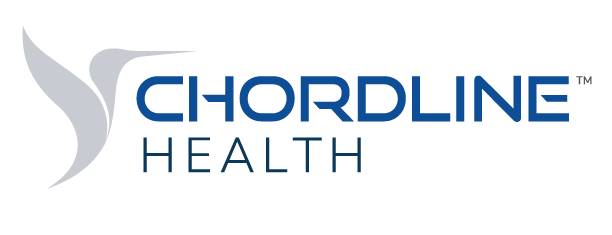Year in Review: How 2024’s Biggest Health Trends Will Impact Care Delivery in 2025
2024 was a landmark year for healthcare, specifically when it came to the adoption of value-based care. As the Centers for Medicare & Medicaid Services (CMS) continues to push hard to move members into value-based care arrangements, health plans and managed care organizations are likewise shifting their approach and priorities.
Trends in care delivery and operational changes at both federal and organizational levels in 2024 will have ripple effects throughout the healthcare ecosystem. Savvy healthcare organizations and care teams can take note of these shifts and make proactive moves to align with industry priorities in the year ahead.
1. ACO Growth
The total number of Medicare beneficiaries in accountable care organizations (ACOs) increased by 3% in 2024, encompassing 13.7 million people. Forty new ACOs joined the Medicare Shared Savings Program (MSSP) last year, while the ACO REACH model currently includes 122 ACOs covering 2.6 million Medicare beneficiaries.
No doubt about it, ACOs are growing, and this trend shows no signs of stopping. As ACOs become more prevalent in the United States, more individuals may begin to actively seek these types of value-based care providers. As patient interest rises, this could result in saturation of the ACO market as more organizations are formed.
To stay ahead, providers must seek not just to participate in value-based care, but excel at it. This includes investing in more robust care team coordination tools and putting a strong analytics structure in place to ease reporting and bolster care team support.
2. AI adoption
AI exploded onto the healthcare scene in 2024. 75% of leading healthcare companies are experimenting with or planning to scale generative AI across the enterprise. Nine out of 10 healthcare leaders see promise in AI’s ability to improve efficiency, while 65% look forward to AI enabling quicker decision-making.
While there is still work to do to ensure that the use of AI in healthcare results in secure, non-biased, evidence-based care, healthcare organizations across the board onboarded AI-based solutions this year, with lots of potential for expansion.
To reap the benefits of AI, healthcare organizations must have the right data capture and analytics in place. The often fragmented, siloed nature of healthcare data means that a healthcare organization’s insights aren’t consolidated, making it challenging for AI tools to provide a comprehensive view into the organization’s operations and care. Centralizing patient information and implementing a strong analytics platform is a necessary first step in the move toward gaining big-picture insight.
3. Increased focus on social determinants of health (SDOH)
From the Centers for Disease Control & Prevention to the World Health Organization (WHO), organizations nationally and globally have introduced programs and frameworks to improve the collection and application of SDOH data. Given that SDOH can influence up to 80% of health outcomes, this information is crucial to ensuring patients have what they need to thrive.
However, recent studies show that although healthcare organizations are increasingly collecting this data, a view into SDOH doesn’t always trickle down into the clinical decision-making process. An AHIMA survey found that while 80% of healthcare organizations collect SDOH data, only 42-62% of that information is integrated into the EHR.
If a patient lacks stable housing, struggles with food insecurity or feels socially isolated, this information must be presented within a care team’s workflows to help clinicians address these needs. As we move further into 2025, healthcare organizations should find better ways of delivering these types of insights natively alongside patient clinical data to give providers and teams the most holistic view of a patient’s health.
4. Preventive care
Preventive, whole-person care moved into the spotlight in 2024, marking a shift from reactive to proactive care. The U.S. Department of Health and Human Services (HHS) proposed new policies in the 2025 Medicare Physician Fee Schedule to advance whole-person care. CMS also introduced new coding rules to make it easier for providers to bill for chronic care management and other care management programs.
As the U.S. population continues to age, and as chronic conditions impact more and more patients, a focus on prevention will be critical in managing the health of vulnerable populations and controlling healthcare costs.
However, providing patients with the hands-on care and personalized programs needed to control common chronic conditions like asthma, chronic obstructive pulmonary disease (COPD), diabetes and high-risk pregnancies can be resource-intensive, and challenging to scale. Organizations implementing or expanding these programs are likely already understaffed or under-resourced, which may mean that these programs struggle to make a positive impact on patient populations. Implementing automated-but-customizable clinical management programs to provide patients with a personalized path to better health can help improve outcomes without straining already-burdened care teams.
These trends are just a few market shifts that signal an increasing focus on value-based care. New moves by CMS and healthcare organizations across the country will continue to gain steam in 2025, accelerating this shift in care delivery. This year, savvy health plans, managed care organizations and care teams will work to understand how these trends impact them and what steps they should take to succeed under this new paradigm.
At Chordline, we know this fluctuating healthcare environment can be challenging. Contact us today to learn how the right tools and programs can support your healthcare organization in 2025 and beyond.
